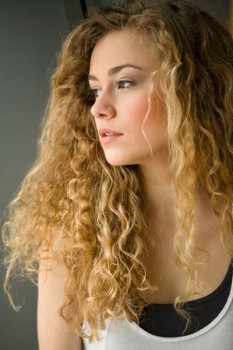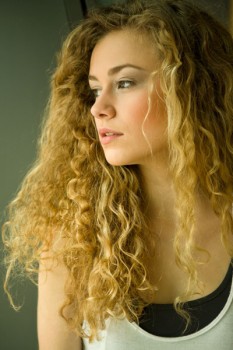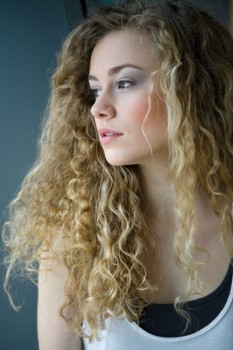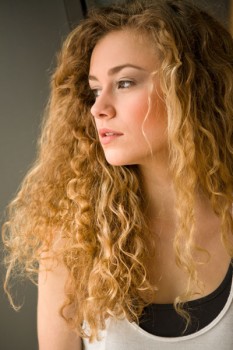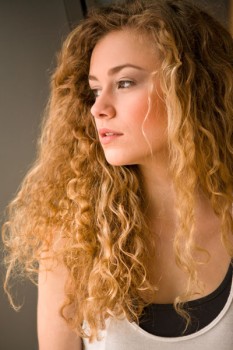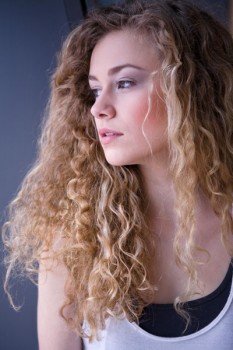One (if not THE one) key components of photography is light.
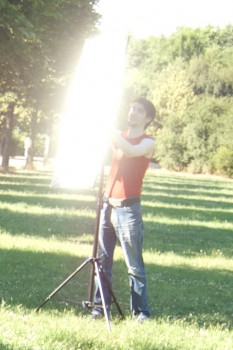 Understanding and using light is a big deal on the way from snapshooter to photographer.
Understanding and using light is a big deal on the way from snapshooter to photographer.
When it comes to knowing light you’ll have to learn that light has several characteristics influencing the way your pictures are seen and how they „feel“:
- intensitiy
- shape (hard or soft and all things between)
- direction
- quality
- color
Today I’ll write about the color.
Light has not ONE color. It changes it’s appearing according to where it’s emitted from or where it’s reflected of.
That’s why you’ve got the „white balance“ option in your digital camera and why they’ve used conversion filters in the (not so) long gone analog era.
The purpose of the WB (white balance) is to adapt the color rendition of your chip to the temperature of the light. That’s a thing our brain does automatically, so if you’re untrained you often won’t recognise how different some light colors in real life really are.
The term „temperature“ and the kelvin values in which it’s measured comes from the color of a heated (theoretical) material which gets the same color at a certain surface temperature. In this theory the light temperature ranges from an orange/yellow to blue. The light emitted by some artificial lightsources such as fluorescent doesn’t fit in this theory which is meant to be compensated by another axis of WB ranging from green to magenta (which for this reason is NOT measured in Kelvin).
However, while there is always a correct WB and color rendition in every situation, correct is not always the best.
Remember that we are artists, trying to express and evoke feelings and moods with and within our photographs.
Color plays a very important psychological role in the way we feel things.
So controlling and using color in our photographs is one artistic mean to achieve our goals.
Use your power wisely! 😉


